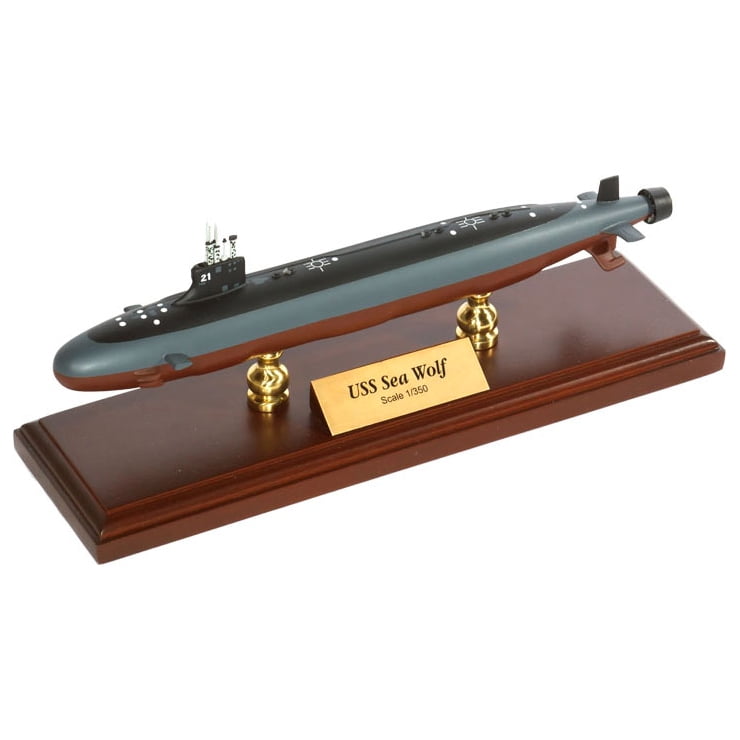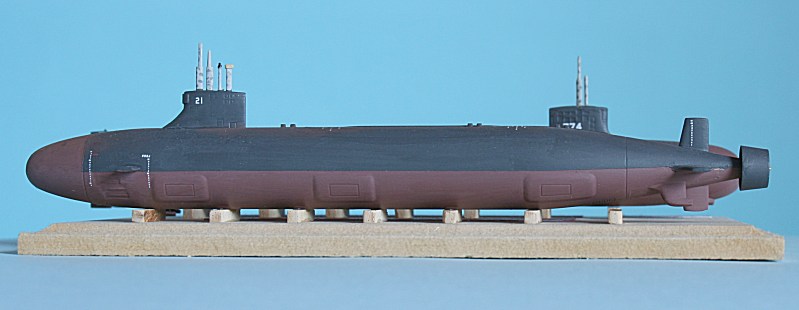

In addition to sinking Japanese merchant ships, postwar records compiled by the Joint Army-Navy Assessment Committee indicate Japan lost 686 warships of 500 gross tons (GRT) or larger to submarines during 1,600 war patrols. Navy submarines also conducted reconnaissance patrols, landed special forces and guerrilla troops and performed search and rescue tasks. This made restrictions on submarines effectively moot. It did not prohibit arming merchantmen, but arming them, or having them report contact with submarines (or raiders), made them de facto naval auxiliaries and removed the protection of the cruiser rules.

was signatory, required submarines to abide by prize rules (commonly known as "cruiser rules"). The London Naval Treaty, to which the U.S. The Navy adopted an official policy of unrestricted submarine warfare, and it appears the policy was executed without the knowledge or prior consent of the government. The war against shipping was the single most decisive factor in the collapse of the Japanese economy. Offensive against Japanese ships Size of Japanese merchant fleet during World War II (all figures in tons) Dateĭuring the war, submarines of the United States Navy were responsible for 55% of Japan's merchant marine losses other Allied navies added to the toll. The submarine skippers of the fleet boats of World War II waged a very effective campaign against Japanese merchant vessels, eventually repeating and surpassing Germany's initial success during the Battle of the Atlantic against the United Kingdom. Both these axioms were proven wrong after the attack on Pearl Harbor in December 1941. Main article: Allied submarines in the Pacific War Japanese freighter Nittsu Maru sinks after being torpedoed by USS Wahoo on 21 March 1943.ĭoctrine in the inter-war years emphasized the submarine as a scout for the battle fleet, and also extreme caution in command. However, there were those in the submarine service who saw what the Germans had done with their U-boats and took careful note. The US Navy did not have a large part in this war, with action mainly being confined to escorting convoys later in the war and sending a division of battleships to reinforce the British Grand Fleet. The submarine truly came of age in World War I. World War I and the inter-war years (1914–1941) "SS" means submersible ship while SSN means submersible ship nuclear and SSBN means submersible ship ballistic nuclear (source: I'm a US submariner veteran) This pioneering craft was in service for 10 years and was a developmental and trials vessel for many systems on other early submarines. The boat was developed at Lewis Nixon's Crescent Shipyard located in Elizabeth, New Jersey. Submarines have been active component of the US Navy ever since. The USS Holland was the first submarine in the US Navy, commissioned on April 1, 1900. Real progress began late in the century with the building of the USS Holland (SS-1), named after John Philip Holland. Hunley (submarine) became the first submarine to sink a warship. She was being towed to South Carolina to be used in taking Charleston, but was lost in bad weather on 2 April 1863 off Cape Hatteras, North Carolina. Alligator was a US Navy submarine that was never commissioned. Other submersible projects date to the 19th century. Several attempts were made against British Ships in American harbors in 1776, but none were successful. The Turtle was built in 1775 and was made to attach explosive charges to the hulls of the ships. The first submarine used in combat was the USS Turtle.

The submarine has a long history in the United States, beginning with the Turtle, the world's first submersible with a documented record of use in combat. Cruise missile submarines perform many of the same missions as attack submarines, but with a focus on their ability to carry and launch larger quantities of cruise missiles than typical attack submarines. Attack submarines have several tactical missions, including sinking ships and subs, launching cruise missiles, and gathering intelligence. Ballistic missile submarines have a single strategic mission of carrying nuclear submarine-launched ballistic missiles. There are three major types of submarines in the United States Navy: ballistic missile submarines, attack submarines, and cruise missile submarines. JSTOR ( May 2023) ( Learn how and when to remove this template message).Unsourced material may be challenged and removed.įind sources: "Submarines in the United States Navy" – news Please help improve this article by adding citations to reliable sources. This article needs additional citations for verification.


 0 kommentar(er)
0 kommentar(er)
